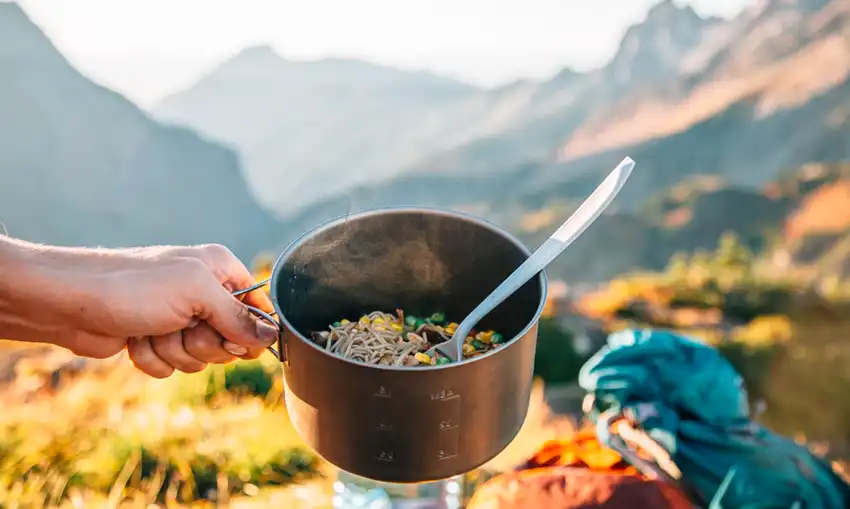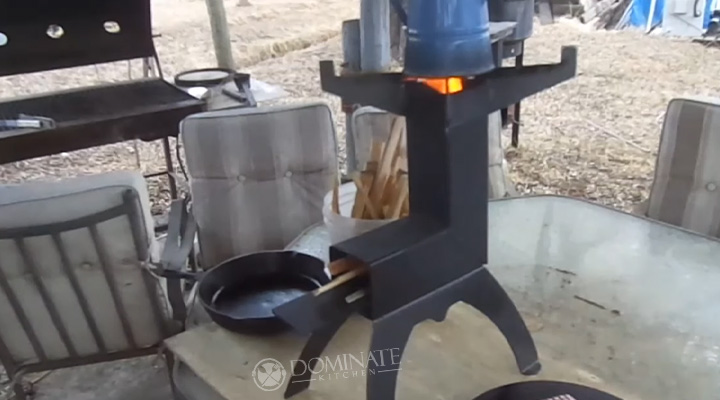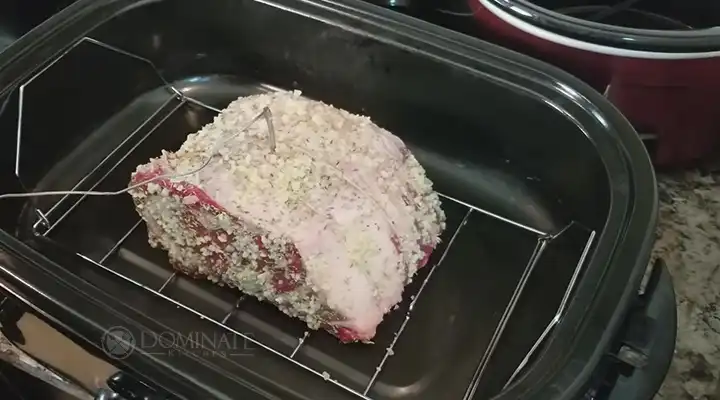Why Does Pasta Take Longer to Cook in the Mountains?

A big bowl of pasta is a simple pleasure many enjoy worldwide. But if you’ve ever tried to cook pasta during a mountain getaway, you may have noticed it takes much longer for the noodles to soften compared to cooking at lower altitudes. This extra time required is not your imagination – there’s some interesting science behind why boiling points change at higher elevations, affecting how we cook pasta and other foods.
In today’s blog post, I will get into the reasons why and provide tips for cooking perfect pasta in the mountains.
How Altitude Affects the Boiling Point of Water

As you climb in elevation, there is less air pressing down from the atmosphere. This lower air pressure is because there are fewer air molecules and less gravity higher up that can exert force on the water.
This pressure affects the boiling point of water. At sea level, with full atmospheric pressure, water boils at 212°F (100°C). However, at 5,000 feet altitude, where the pressure is lower, water boils at about 203°F (95°C). And at very high elevations of 10,000 feet, the boiling point of water is reduced significantly to 193°F (89°C).
What does this mean for cooking? Well, with a lower boiling point, it will take noticeably longer for water to heat up and reach a boil when you are at altitude.
Pasta Cooking Process Explained
To cook properly, pasta needs to be submerged in abundant boiling water. As the pasta reaches its gelatinization point, the starch slowly releases, allowing it to absorb water and become tender.
At higher altitudes, where the boiling point is lower, water bubbles much more gently with slower-moving heat. This prevents the pasta from reaching the ideal gelatinization temperature as quickly.
Why Pasta Takes Longer to Cook at High Altitudes

The starch in pasta requires rapid, vigorous boiling water to fully hydrate the noodles and alter their texture from a raw state to properly cooked and edible. This gelatinization process cannot happen as fast when the water is at a lower boil, due to the reduced air pressure in the mountains.
Therefore, it takes a noticeably longer time for the pasta to soften and become al dente at higher altitudes. The pasta simply cannot absorb enough hot water fast enough to quickly become tender and lose its raw, starchy taste.
Tips for Cooking Pasta to Perfection in the Mountains
Here are some useful tricks to help cook pasta at high altitudes:
- Use abundant water: More water retains heat better and gives pasta more space to absorb boiling water evenly.
- Salt the water: Adding salt can raise the boiling temperature slightly. It also adds flavor.
- Stir occasionally: Gently agitating the pasta ensures even exposure to the heat and hydration.
- Cook al dente: Be careful not to overcook, as pasta continues absorbing water for a bit after draining.
- Try smaller pasta: Mini shapes like penne may cook faster with more surface area exposed to the water.
- Add extra minutes: Expect to add about 5+ extra minutes of cooking time for every 1,000 feet (300 meters) above sea level. Be patient!
How Other Cooking Methods are Affected
This principle of lower boiling point at higher altitudes applies to any water-based cooking like boiling vegetables, eggs, and rice or making beverages like coffee. The lower pressure means longer cooking times may be required.
High altitude baking can also be impacted because the lower air pressure affects how doughs and batters rise. Adjustments to leaveners, moisture, and cook times may be needed.
Summary
In summary, the decreased air pressure in the mountains lowers the boiling point of water. This means it takes longer for the pasta to properly cook and become tender at higher altitudes. Understanding the science behind it and using techniques like extra cooking time, more water and salt helps adjust and allows you to keep enjoying delicious pasta in the mountains!
Frequently Asked Questions
Why does pasta behave differently at altitude even though it’s a dried food?
Even though it’s dried, pasta still requires rapid boiling water to fully hydrate and become palatable. The lower boiling point at altitude slows down this hydration process.
Besides pasta, what other foods require longer cook times at high elevations?
The same science applies to any water-based cooking methods using boiling water: vegetables, eggs, rice, oatmeal. Brewed drinks like coffee and tea are also impacted.
Is it okay to cook pasta in a pressure cooker at high altitudes?
Yes, using a pressure cooker is a great way to increase the pressure and boiling point back up to sea level standards, significantly reducing cooking times.
Why is baking different than stovetop cooking at altitude?
Lower air pressure impacts how baked goods rise and retain moisture. Adjustments to leaveners, liquids and sometimes oven temperature may be needed for high-altitude baking.
Can I just cook pasta longer without changing the amount of water?
It’s better to increase the water amount rather than just extending the cooking time. More abundant water maintains heat better and gives pasta ample space to hydrate.






